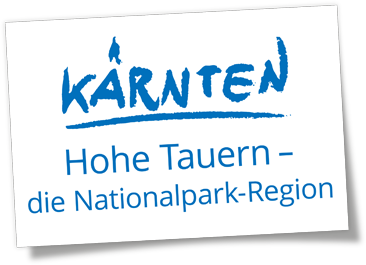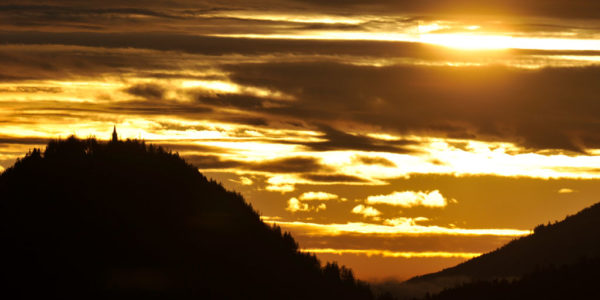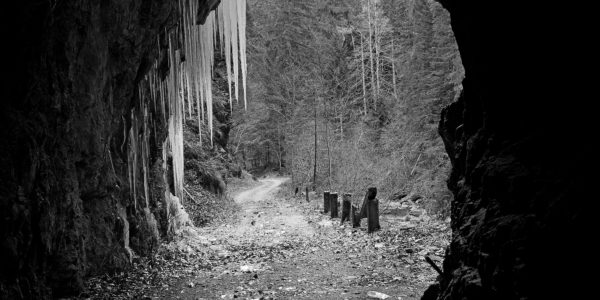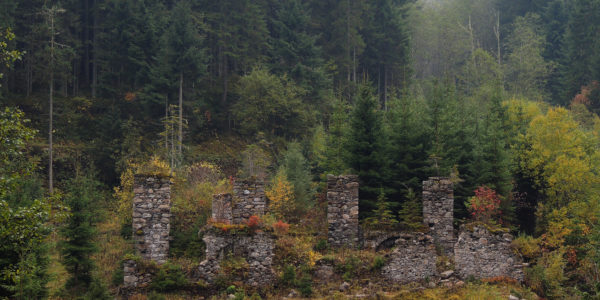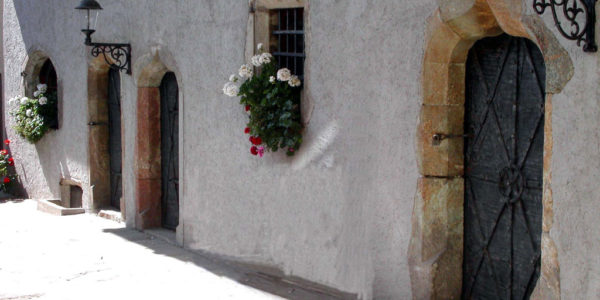Coal and gold mining
The “Tauerngold”, a special precious metal surrounded by many myths, sagas and much speculation today as in times past. Myths aside, what is sure is that already several hundred years before Christ, precious metals were searched for in the Hohe Tauern. Various finds and lore attest to this today. But as life for gold seekers in the Hohe Tauern was very arduous and dangerous and the search simply became unprofitable, the goldrush eventually came to an end …
If you, too, are interested in the exciting era of gold-seeking in the Hohe Tauern and like to hunt after ancient myths and sagas,
For more detailled information, do not hessitate to contact us! We are looking forward to weclome you in Obervellach-Reisseck!
